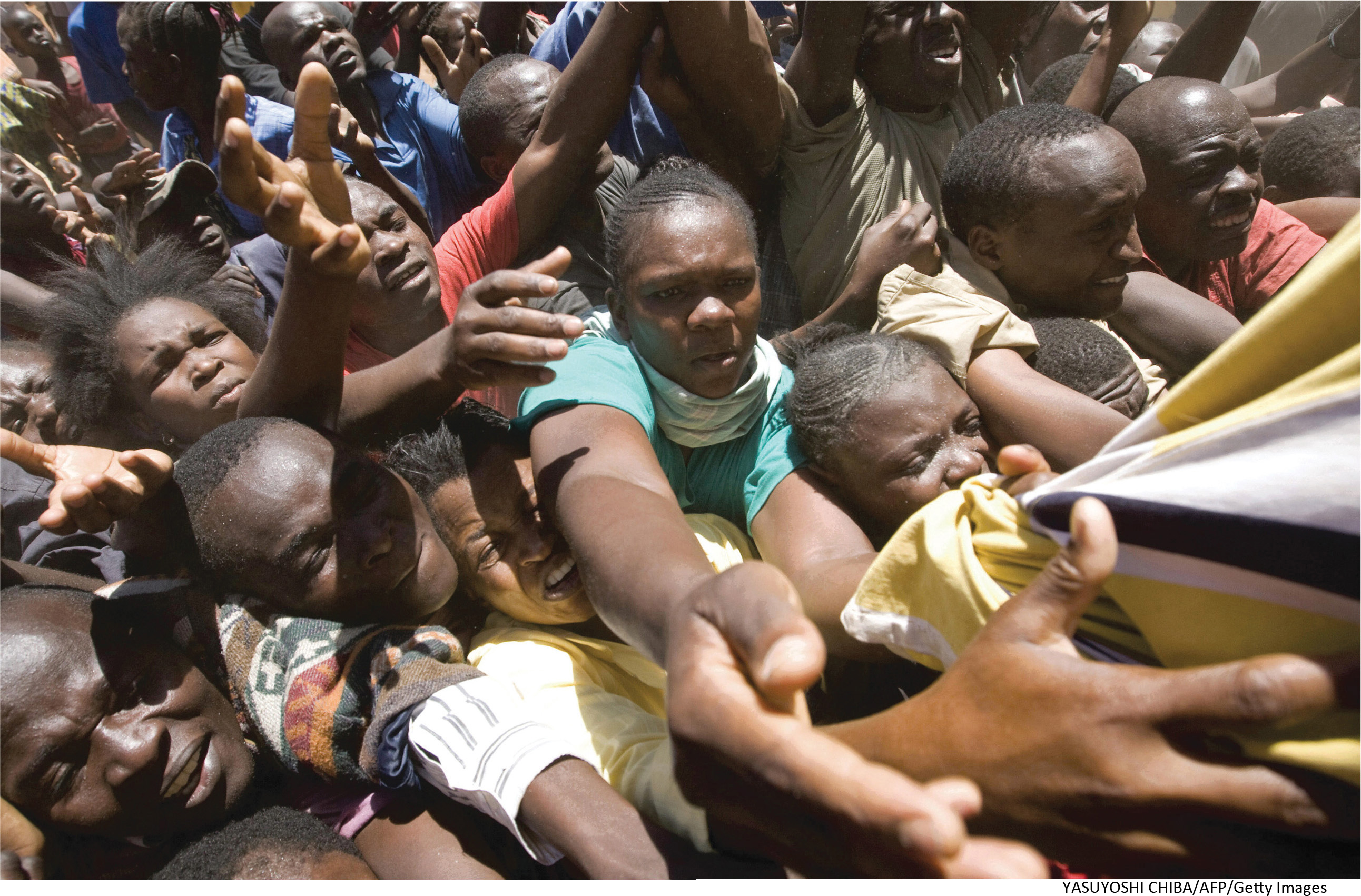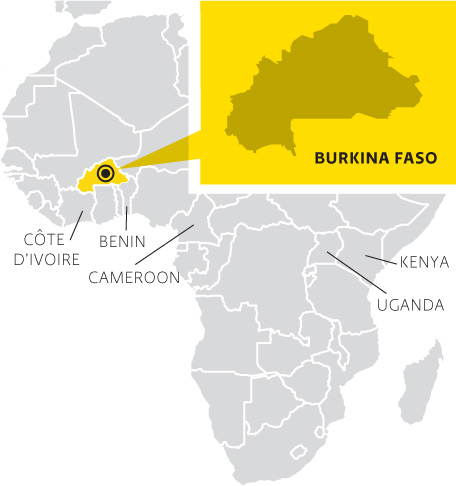Chapter Introduction
298
CHAPTER 16
FEEDING THE WORLD
A GENE REVOLUTION
Can genetically engineered food and industrial agriculture help end hunger?

CORE MESSAGE
Although we produce enough food to feed the world’s population, nearly 1 billion people are hungry and don’t have access to enough, nutritious food. The rise of industrial agriculture, followed by the Green Revolution that started in the 1940s, helped fight hunger by increasing global crop yields tremendously but came with a slew of unintended consequences. To feed our growing population, some people support yet another agricultural revolution, hinged on genetically modified crops. However, concerns about the safety of growing or eating genetically modified foods trigger strong debate. Opponents recommend that we pursue other agricultural and socioeconomic methods to address global hunger.
299
AFTER READING THIS CHAPTER, YOU SHOULD BE ABLE TO ANSWER THE FOLLOWING GUIDING QUESTIONS
1 How prevalent is world hunger, what are its causes, and what problems result from malnutrition?
2 What was the Green Revolution, and how does it relate to industrial agriculture? What are the pros and cons of industrial agriculture?
3 What is the gene revolution, and how do researchers get desired traits into crops using this new technology?
4 What are the trade-offs of using genetically modified organisms in agriculture?
5 What are some low-tech (non-GMO, non-industrial) options for increasing food supplies? What role should industrial agriculture and GMOs play in solving world hunger?
300
It was in Burkina Faso—a tiny, landlocked West African country, virtually unknown to the developed world—that a brewing global crisis finally came to a head. On February 22, 2008, riots broke out in the country’s two major cities. Angry protesters clogged the streets—shouting, throwing rocks, and flipping cars. Soldiers mobilized to restore order, but the chaos only spread from there. In neighboring Côte D’Ivoire, tear gas was employed, and dozens were injured; in Cameroon, some two dozen people were killed; in Egypt, a single boy was shot in the head. Before long, the violence spilled across Africa’s borders. Protesters in Yemen torched police stations and blocked roads. In Bangladesh, they smashed cars and buses, vandalized factories, and ultimately injured dozens of bystanders.
What were these people rioting over? Food. It had become too expensive. In the 2 preceding years, the cost of rice had risen by 217%; wheat by 136%; and corn and soybeans by 125% and 107%, respectively. In the 7 months leading up to the riots, those prices had then doubled. Such increases were not as much of a problem in the United States or Europe, where even the poorest one-fifth of households spends just 16% of their budget on food. But in the cities that had descended into violence, families were already spending between 50% and 75% of their income on basic staples—rice and beans and bread and milk. Such dramatic and rapid cost increases had pushed those goods out of their reach and, in so doing, had nudged too many people toward the brink of starvation. “For countries where food comprises from half to three quarters of [income] consumption,” explained World Bank President Robert Zoellick, “there is no margin for survival.” In all, he said, some 22 countries were at risk of violent revolts if prices did not soon stabilize.

But what had destabilized them in the first place? Newspaper columnists, politicians, and cable news anchors trotted out the usual suspects. Some blamed extreme weather events: A drought in Australia, a heat wave in California, and flooding in India had decimated crops of wheat and maize and supplies of beef. Some speculated that diverting corn to the production of biofuels might have led to the supply shortages. Others pointed to the global financial crisis and to rising fuel prices: Because large, industrial farms rely on fossil fuel—powered machines and chemical inputs derived from fossil fuels, the cost of grain is tethered to the costs of oil and natural gas. Yet others focused on the growing demand for meat from Asia’s expanding middle class: The more grain we devote to cattle rearing, the less we have to sell as food, and the more expensive it thus becomes (see LaunchPad Chapter 30).
But experts said that the trouble with the global food supply goes much further than that—beyond isolated weather events and the slumping global economy, to the very heart of global food policy.